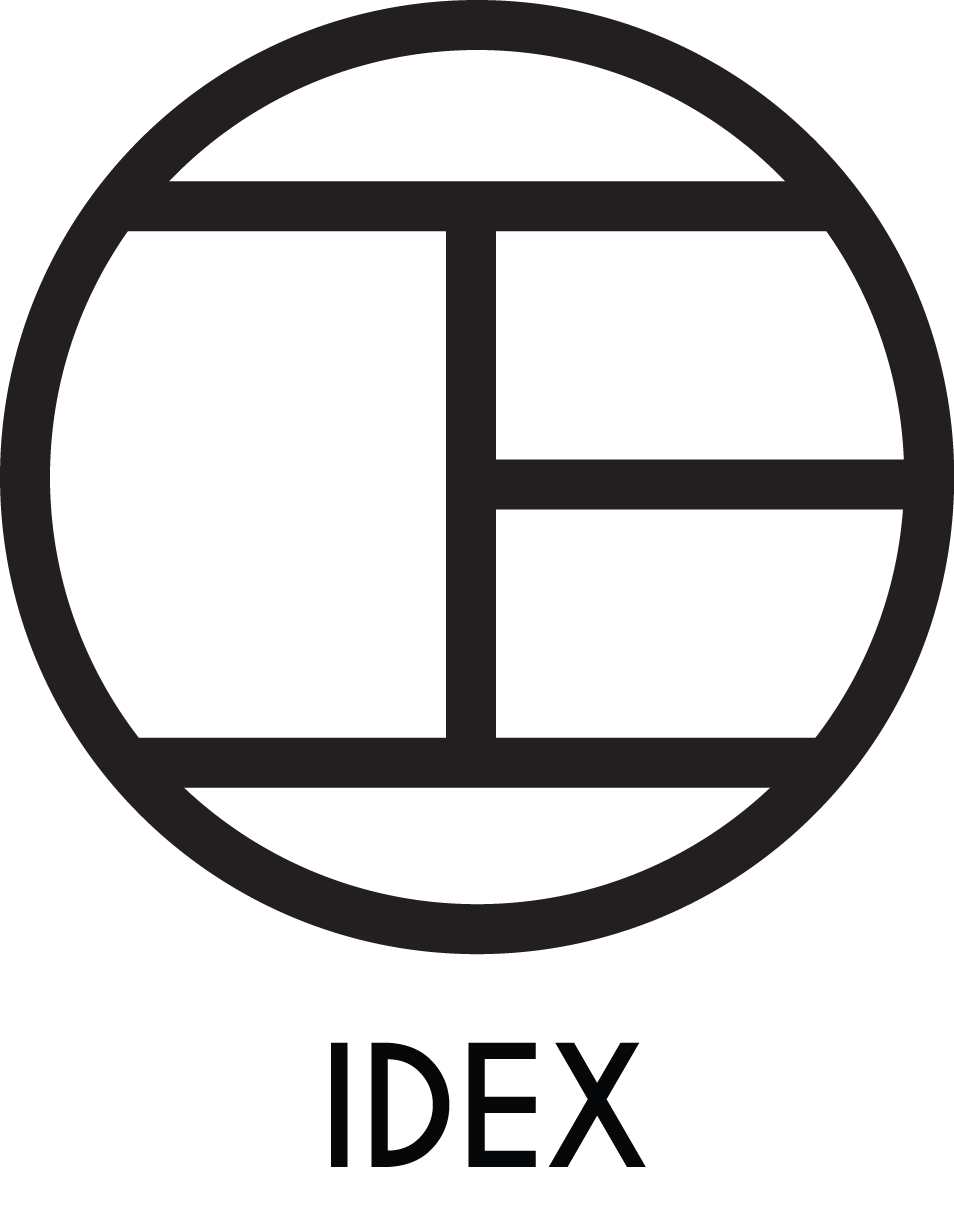Project Initiation Part 1: Key Components

In our previous article, we walked you through the fundamentals of project management, where we defined the 4 main phases of a project - initiation, planning, executing, and closing. In this article, the first part of a small series, we will focus on the initiation phase, as a good beginning is half the battle, isn’t it?
So, why is project initiation essential?
Because initiation is the first phase of the project, a well-planned initiation results in a strong foundation for your project, and sets it up for success.
Initiation begins after a problem or opportunity has been identified within an organization. The initiation phase is a crucial time for asking stakeholders the right questions in order to set the right goals, performing research, determining resources, and clearly documenting the key components and scope of a project. Proper initiation also helps ensure that the benefits of the project outcomes will outweigh the costs of the project.
Key components of a project's initiation phase
Establish project goals
The project goal is the desired outcome of the project. It's what a project set out to achieve. Well-defined goals are both specific and measurable. They give you a clear sense of what you are trying to accomplish.
To make sure the project goals are well-defined, it is important to talk with the key stakeholders about their vision for the project, and ask how this aligns to the company's larger goals and mission. Make sure that before a project starts, everyone involved in the project, namely, the project manager, the project team, and stakeholders all agree, and are all clear on the project goals.
How to define project goals?
The project goals should be SMART, that is, Specific, Measurable, Attainable, Relevant, and Time-bound. We will break this down one by one:
SpecificSpecific goals should answer at least two of the following questions: What does the project want to accomplish? Why is this a goal - does it have a specific reason, purpose, or benefit? Who is involved? Who is the recipient - employees, customers, the community at large? Where should the goal be delivered? And finally, what are the requirements and constraints?
MeasurableYou can tell if a goal is measurable by asking how much, how many, and how will I know when it's accomplished? Sometimes the success of a goal can be measured with a simple yes or no. Measuring is not only a way for people to track progress, but also a tool to help people stay motivated.
AttainableCan a goal reasonably be reached based on the metrics? Typically, you want goals that are a little challenging to encourage growth. But you don't want it to be too ambitious or you'll have failed before you even started. You can break down the goal into smaller parts and see if it makes sense.
RelevantIs a goal relevant? In other words, does it make sense to try and reach this goal? Does the effort involved balance out the benefits? Does it match your organizations' other needs and priorities? Everyone, from the client, the project team, and the people who will ultimately use the product, need to feel like the goal is worth supporting.
Also, consider the timing. Both the amount of time the project will take, as well as the larger economic and social contexts can have big impacts. Will there still be audiences wanting to use the product or service when the project is delivered?
Time-boundTime-bound means your goal has a deadline. Making your goal time-bound gives you a way to break down how much needs to be accomplished over time.
Determine project scope
Scope means the boundaries of a project. It also includes the project timeline, budget, and resources. You need to clearly define these so that you can make sure you're working within those boundaries and what's actually possible for the project to work. Poorly-defined scope or major changes to your scope can cause changes to the budget, timeline, or even final outcome of the project.
A common problem in project management is "scope creep", that is, changes, growth, and uncontrolled factors that affect a project scope at any point after the project begins. In order to decide if a scope change is acceptable and what impact it will have, the triple constraint model is often being referred to.
It is the combination of the three most significant restrictions of any project: scope, time, and cost. Both time and budget have to be carefully managed alongside scope. All three of these are linked; you can't change one without having an impact on the others. Understanding how changing one impacts the other two constraints is key. And understanding what is the most important aspect(s) to your project will help you decide, when the unavoidable changes occur, what to compromise.
Define success criteria
The success criteria includes all the specific details of your goals and deliverables, and it can be a guide so you know whether you've accomplished what you set out to do.
A straightforward way to define success criteria is to go through the project goals and deliverables, review the scope, and identify the measurable aspects of the project. You'll want to ask questions, such as: Who ultimately says whether or not the project is successful? What criteria will be measured to determine success? What's the success of this project based on? Once you've collected clarifying information, document and share all of it so that you, your team, and your stakeholders can refer to it later.
It's a good idea that, along with each success criteria on your list, to also include the methods for how success will be measured, how often it's measured, and who's responsible for measuring it. Knowing what success means to your project can often lead you to success.
Now we have gone through the key components of the project initiation phase, in our next article, we will examine the project team roles and responsibilities, and some important resources and documentation for building a solid foundation for a successful project.
 Previous ArticleNext Article
Previous ArticleNext Article 


